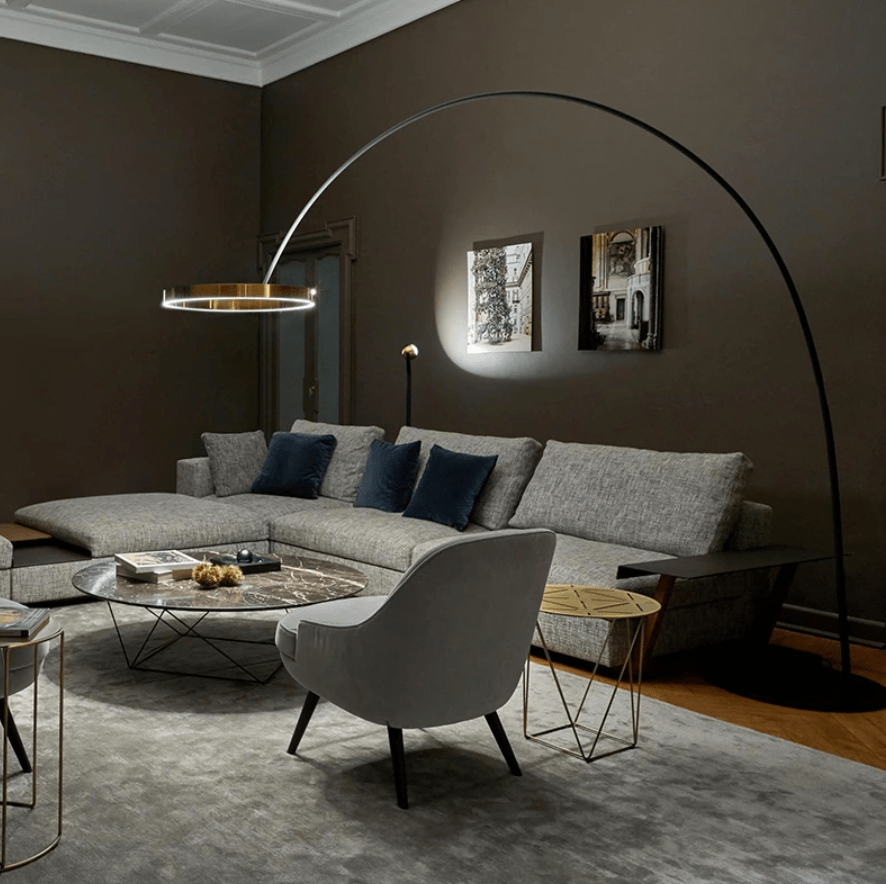Interior design is more than just arranging furniture and picking out paint colors; it's about creating an atmosphere, a mood, and a sense of harmony within a space. One of the key elements in achieving this harmony is the careful balance of colors and textures. In this blog post, we will delve into the art of creating cohesive interior design by exploring the interplay of colors and textures.
Understanding Color Psychology
Color plays a pivotal role in interior design as it has the power to evoke emotions and set the tone for a room. Understanding color psychology is essential when selecting a color palette for your space. Here are some common color associations:
-
Cool Colors: Colors like blues, greens, and purples are known for their calming and soothing effects. They work well in bedrooms, bathrooms, and spaces where relaxation is key.
-
Warm Colors: Reds, yellows, and oranges are warm and energizing. They can add vibrancy to living rooms and dining areas, creating a sense of coziness and intimacy.
-
Neutrals: Colors like white, beige, and gray are versatile and timeless. They serve as a neutral backdrop, allowing other colors and textures to shine while promoting a sense of balance.
Creating a Color Palette
Once you've grasped the psychology of colors, it's time to create a cohesive color palette for your space. Here are some tips:
-
Choose a Dominant Color: Start by selecting a dominant color that will set the overall mood of the room. This color will be the most prominent one in your design.
-
Accent Colors: Add one or two accent colors that complement the dominant color. These accents can be used for furniture, decor, or smaller elements like throw pillows and artwork.
-
Balance and Proportion: Maintain a balanced distribution of colors throughout the room. Avoid overwhelming the space with too much of one color, and use proportions that are pleasing to the eye.
Textures: Adding Depth and Interest
Textures add depth and visual interest to your interior design. Mixing and matching different textures can elevate a room from ordinary to extraordinary. Here's how to do it effectively:
-
Variety is Key: Incorporate a variety of textures, such as smooth surfaces (glass, metal), soft textures (fabric, rugs), and rough textures (wood, stone). This variety creates visual intrigue and tactile appeal.
-
Consider the Room's Purpose: Think about the function of the room when choosing textures. For a cozy living room, plush fabrics and warm woods can create a comfortable atmosphere, while sleek, smooth surfaces may be more suitable for a modern kitchen.
-
Scale and Balance: Just like with colors, balance is crucial when it comes to textures. Avoid overwhelming the space with too much of one texture. Mix it up, but keep an eye on scale to ensure everything works together harmoniously.
Harmonizing Colors and Textures
To achieve a truly cohesive interior design, it's essential to harmonize colors and textures effectively:
-
Color-Tied Textures: Consider how the color palette relates to the textures in the room. For instance, pairing a cool color scheme with natural textures like wood and stone can create a serene and balanced atmosphere.
-
Texture Contrast: Use textures to create contrast within the color scheme. A room dominated by soft, neutral colors can benefit from the introduction of a few textured elements, like a rough-textured accent wall or a shaggy rug.
-
Experiment and Adapt: Don't be afraid to experiment with different combinations of colors and textures. Sometimes, unexpected pairings can yield remarkable results. Be willing to adapt and make changes as needed until you achieve the desired harmony.
Creating a cohesive interior design is an art that requires a deep understanding of colors and textures. By carefully selecting and harmonizing colors and textures, you can transform any space into a harmonious, visually stunning, and emotionally resonant environment. Whether you prefer a minimalistic, modern look or a cozy, traditional feel, mastering the interplay of colors and textures will help you achieve the interior design of your dreams.

